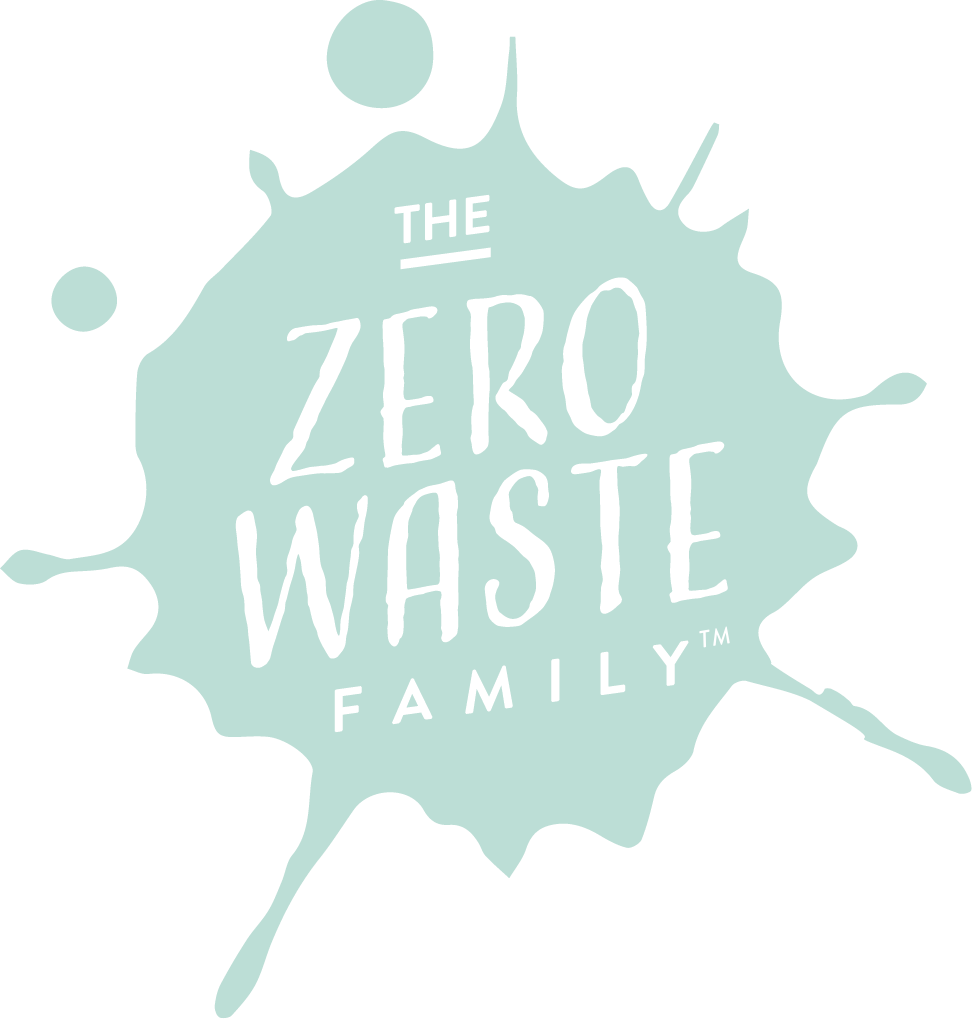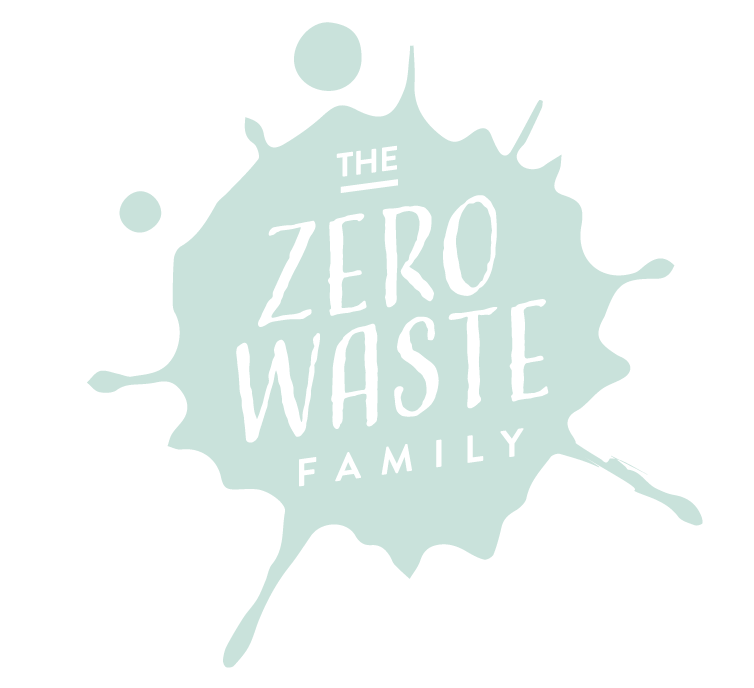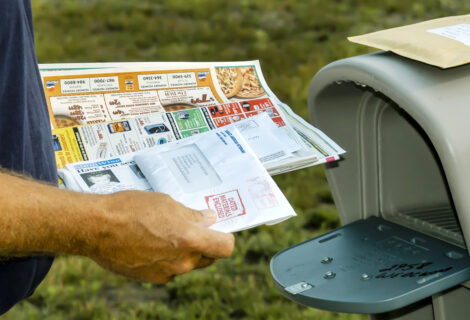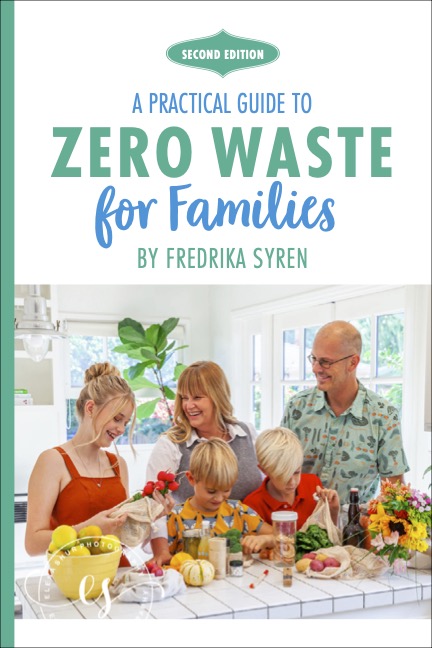Is Your Child Breathing Polluted Air In School?
We all want our children’s classrooms to be healthy, joyful spaces brimming with learning. However, in ensuring our children’s safety at school, we often overlook one looming threat—poor air quality. Indoor air pollution can be challenging to detect and affect a child’s health and learning ability.
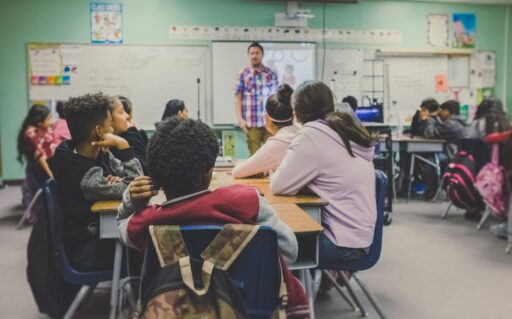
Schools, in particular, have four times more occupants per square foot than other commercial buildings. They also feature spaces with various uses, like classrooms, cafeterias, gyms, and labs, making it more challenging to control the indoor air. Tight school budgets can also affect cleaning supplies, maintenance, and repairs of leaks, air filters, and roofs.
According to the American Lung Association, signs that a child might be breathing polluted air in school include sneezing, coughing, and headaches that are worse during school and improve when away from school.
The good news is that we can advocate for our children by ensuring their schools, mainly their classrooms, are healthy spaces. Here is a checklist of things to look out for:
Clutter — Clutter causes dust, which can be a trigger for some children. Be sure clutter is cleaned and the room gets dusted occasionally, at the very least.
Fresh Air — We all need fresh air to stay awake and alert. Ensure ventilators are working, are uncovered, and the filters are changed often. Be sure the room gets aired out often.
Cleaning Products — Many cleaning products are filled with chemicals that create toxic air. They are extremely harmful to anyone, especially children, whose organs are still growing and developing. Make sure only nontoxic cleaning supplies are being used in the classroom.
Hand Soaps — Kids go to the bathroom (and hopefully wash their hands). Make sure hand soap at school is chemical-free, dye-free, and unscented—not antibacterial.
Chemicals — Especially in science classes, chemicals used may linger and pollute the classroom air.
Mildew or Mold — Are there regular checks for mold or mildew in your school? Check with school officials, and if not, push for routine inspections.
Air Fresheners — Some schools use air fresheners for those not-so-nice-smelling bathrooms, but these can be very harmful to inhale. Check what the school uses and whether the products contain chemicals. Since they usually contain respiratory irritants, I would request that the school not use these products if possible.
New Furniture, Rugs, Drapes, Fresh Paint — Check if new items were installed that release chemicals into the air.
Houseplants can filter the air to make a healthier school environment that will contribute to children’s ability to learn. Certain plants can rid a room of up to 89% of harmful volatile organic compounds (VOCs). Here are the best plants for reducing air pollution:
- Feston Rose plant
- Devil’s Ivy
- Phalaenopsis Orchid
- English Ivy
- Parlor Ivy
- African Violets
- Christmas Cactus
- Yellow Goddess
- Garlic Vine
- Peace Lily
Essential oils can also help clean the air. Check if your school allows them in classrooms and use the recommended essential oils to improve indoor air quality and ambiance. Follow this link to learn which essential oils to use and how to use them.
Remember that by advocating for your child, you’ll contribute to a healthier school environment for everyone!
